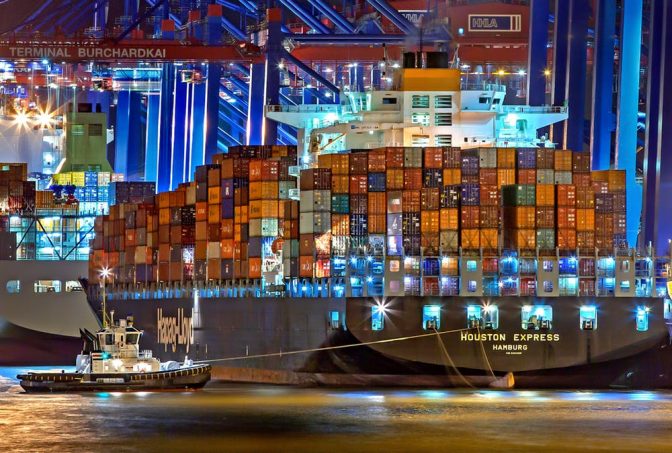Container unloading practices can be professional exercises that are taken for granted by commercial entities. Especially with distributors and manufacturers who engage in these tasks on a daily basis, it only requires a small instance of oversight before someone gets hurt or killed as a result.
These workplace accidents can be avoided when organisations adhere to strict principles, applying a mixture of common sense and universal industry standards that every business has to opt-in to. We will open up this discussion to outline how each enterprise makes these provisions work for them and what they reiterate to their staff members with each unloading.
Transparency on Container Contents
Container unloading practices will work for businesses when they understand exactly what is involved in the contents of each load, avoiding those unwanted surprises that create health and safety concerns. It might be heavy items like industrial stock, furniture, cement packages or other components that weigh down the pallet. Then there are light materials like plastics and paper that are easier to manage, creating issues when containers mix and match the pair. Every participant should know the contents before taking the next step.
Expert Trained Staff

Arguably the best antidote to avoiding problems with container unloading practices is having trained and experienced staff involved in the process. In all likelihood, these participants will have seen accidents occur before, being aware of the red flags and ensuring that every individual knows their role in the program. There are inexperienced professionals who are rightfully cautious and practical, but adding years of experience to the field only helps the management of these causes.
Equipped & Resourced Staff
If team members have the right types of tools at their disposal, then container unloading practices are easy tasks to expedite. This can be showcased with forklifts and cranes to help businesses maneuver the stock from point A to point B without worrying about physical labour endeavours. Trying to work these processes manually opens up brands to further risk when it could be avoided.
Even Terrain Footing
The placement of the item makes a world of difference for organisations that want to make container unloading practices work for them. Whether it is concrete, clay, brick, gravel, grass or somewhere else, the vehicle must be levelled on an even terrain footing. This helps delivery personnel to avoid slips and collections falling, an event that can cause a lot of damage for all parties concerned.
Staggered Unloading Process
Container unloading practices cannot be rushed or expedited beyond their planned time frame. It is when those processes are rushed that mistakes are made and accidents occur. It is a matter of staggering out each action, seeing the doors unlocked and opened from the outside without any individual standing in the way. That in-to-out approach allows professionals to avoid being subjected to dropped pallet loads if the stock happens to be compromised during shipment.
Communicating a Business Plan
Rather than having to confer with the experienced operators, it is important for businesses to stipulate these terms to all members. Unloading these container loads becomes easier over time, but outlets have to ensure that they are reinforcing the right messages without skimping over the key details. It might sound like a broken record internally, but individuals cannot say they were not warned about the potential risks of this important endeavour.
Container unloading practices can be made to work for any enterprise regardless of where they are situated along the supply chain. The consistent themes that are applied to one organisation will work for another, ensuring that staff members are prepared, that commercial partners are advised on the program and that everyone knows their role from start to finish.
